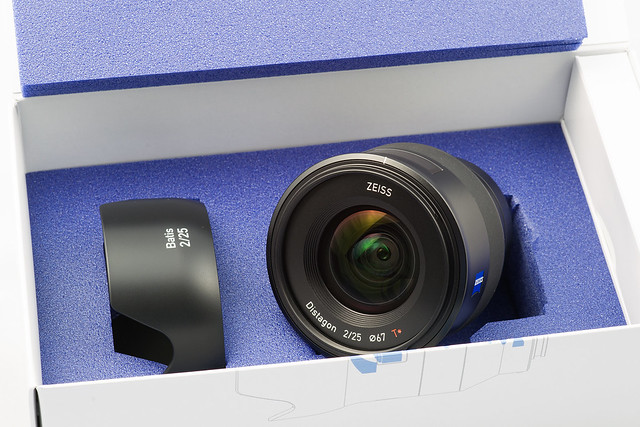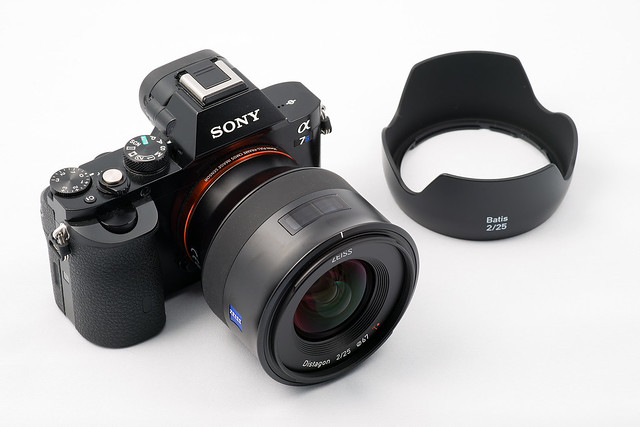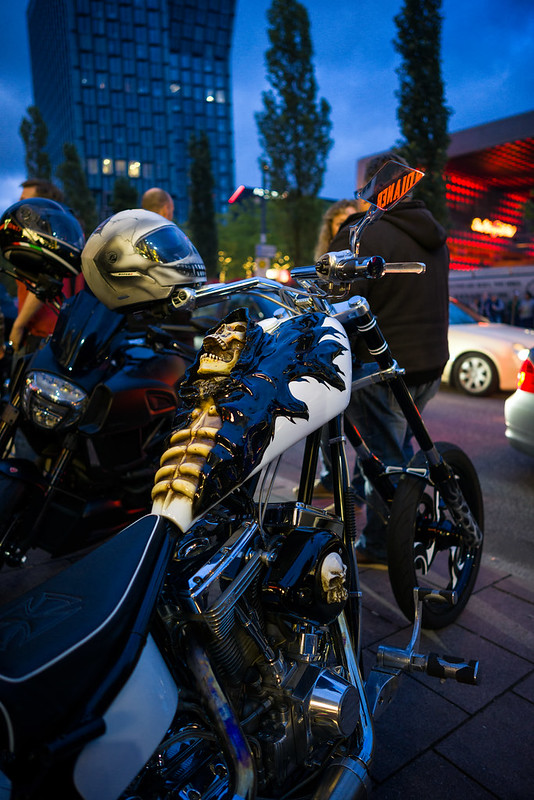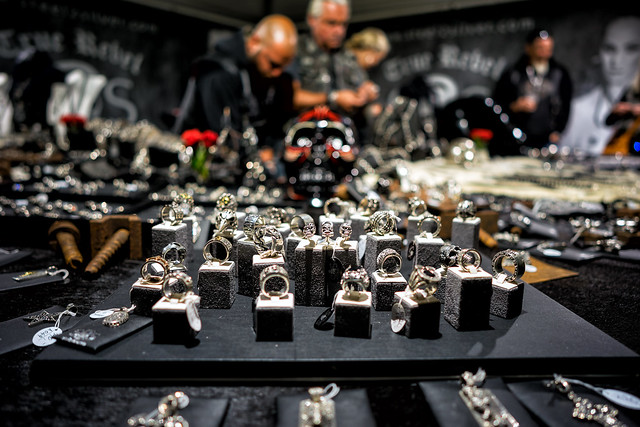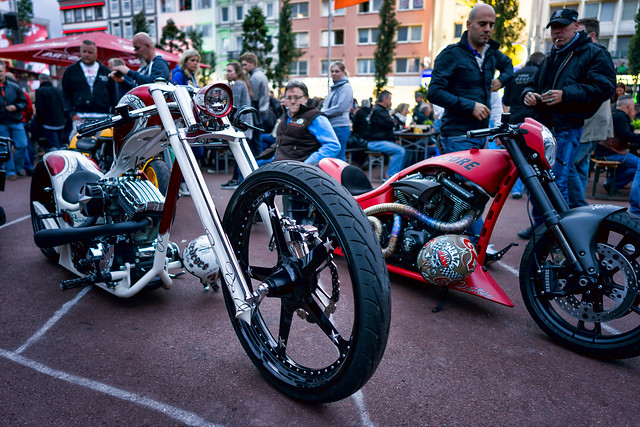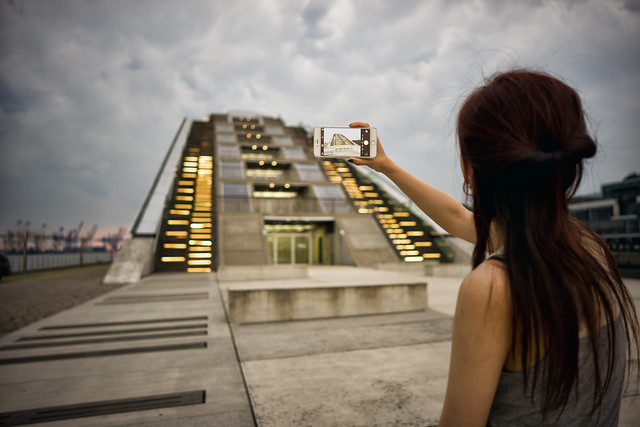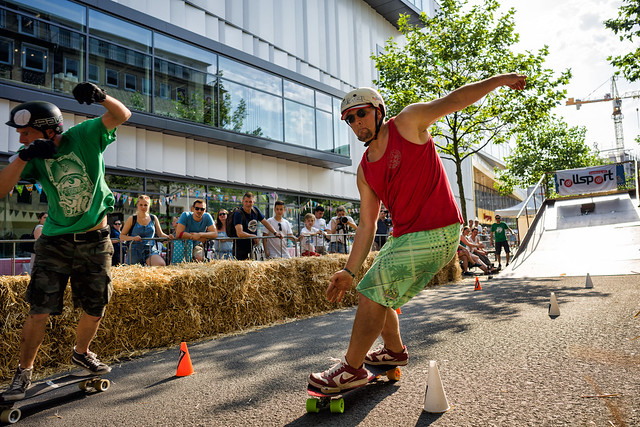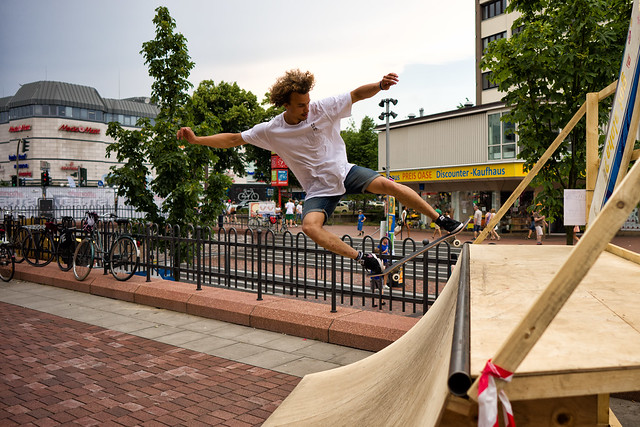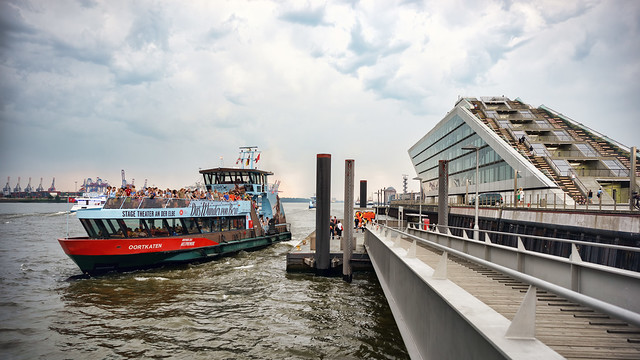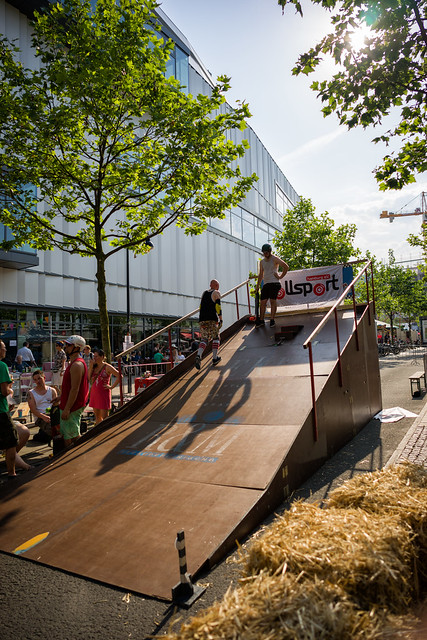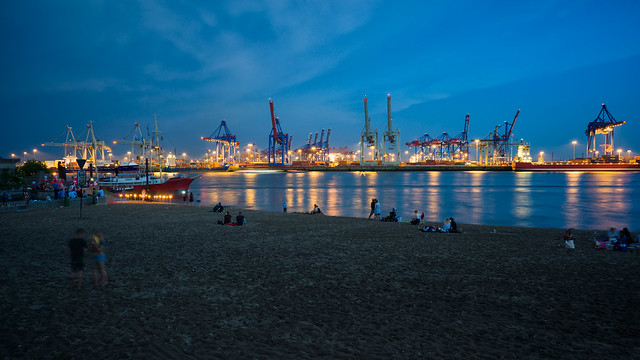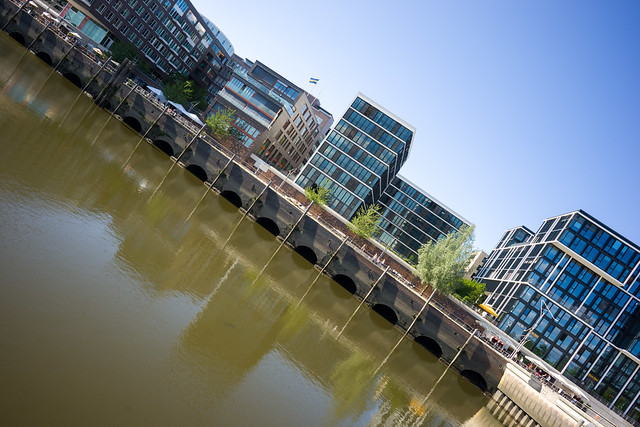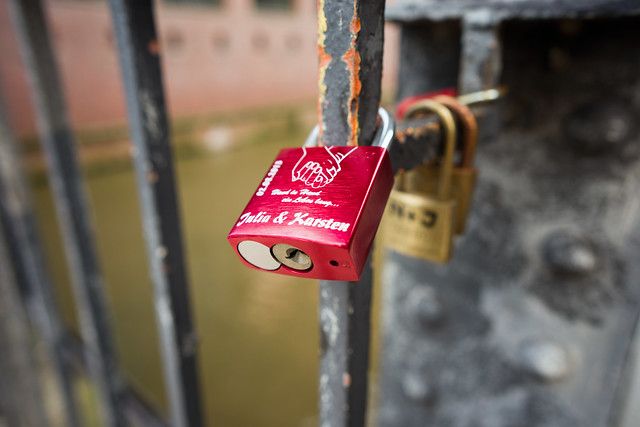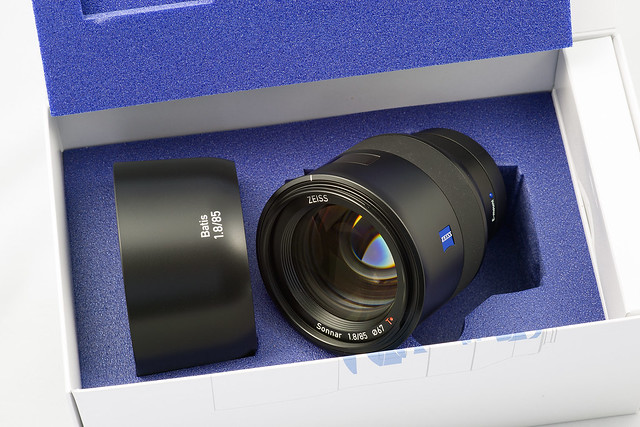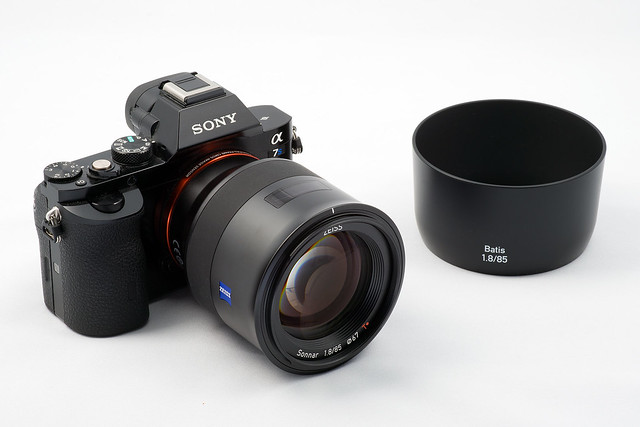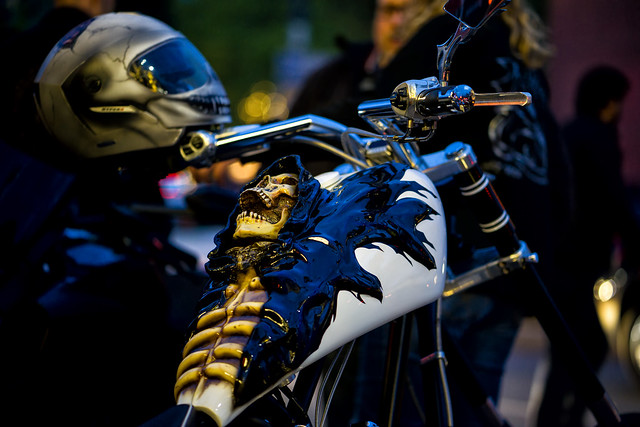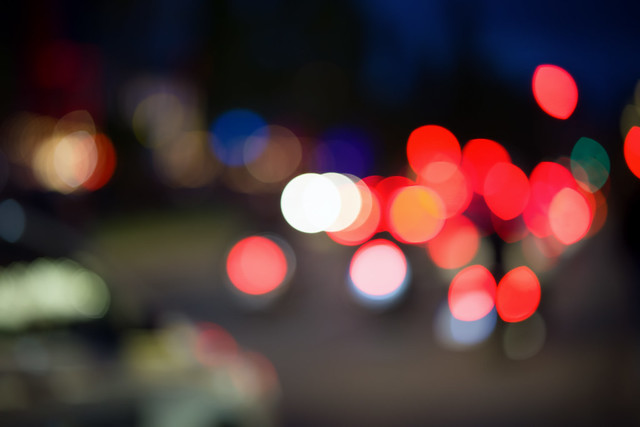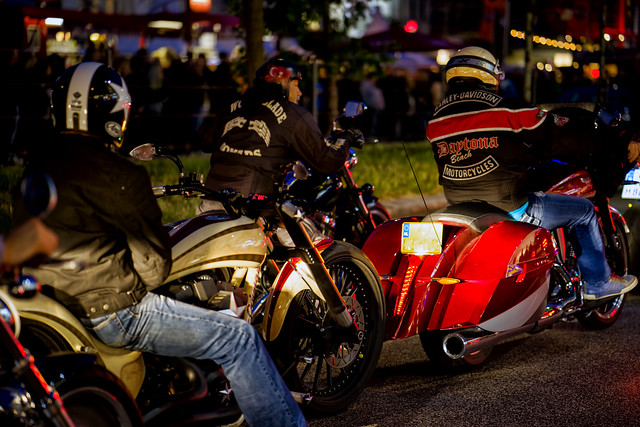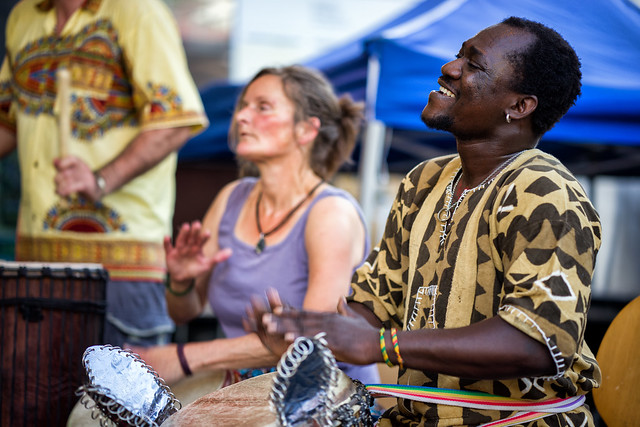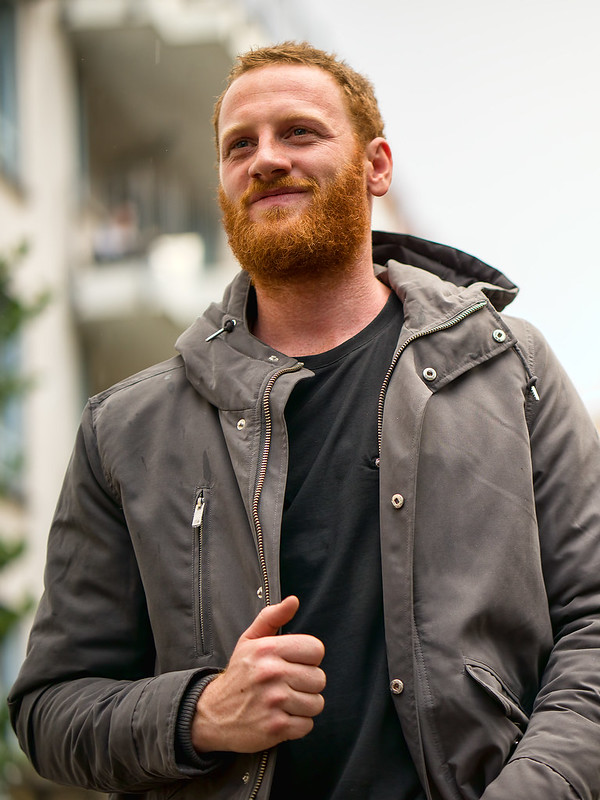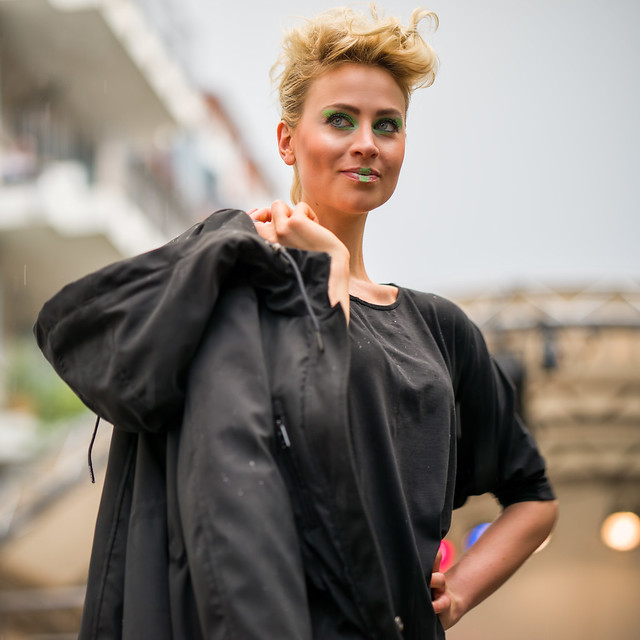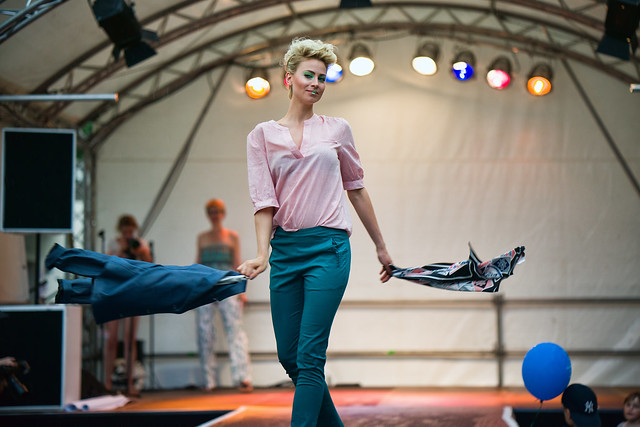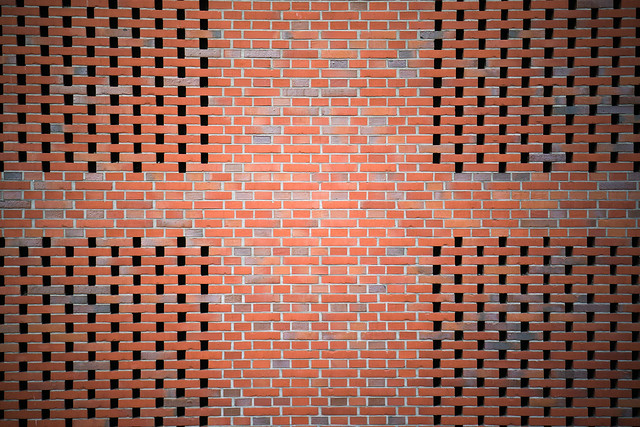(view as fullscreen slide show)
Complementary to my "first look" comparison here you will find an in-depth review of the new ZEISS Batis 2/25 and 1.8/85 with many more photos, most of them available in full resolution when you click on images.
ZEISS Batis 2/25
Some technical information where already given in my former article. Now let us start with some "unboxing":
In my previous article you already could get an idea of the exceptional sharpness from corner to corner right from open aperture - but for me, the most appealing thing of the Batis 2/25 is the option to combine wide angle perspectives and playing with the depth-of-field at the same time:
Batis 2/25 @ f/2.0
As mentioned already in my "first look", you will find some bokeh fringing at open aperture. It almost disappears already at f/2.8.
Batis 2/25 @ f/2.8
The last shot demonstrates the good contrast and flare resistance in back light situations.
Batis 2/25 @ f/8.0
Batis 2/25 at close focus (f/4):
... and in backlight (f/11):
ZEISS Batis 1.8/85
Also for this lens you could already find some technical information in my previous article as well as a size comparison to the Otus 1.4/85. Some more unboxing:
This size comparison shows the (optical stabilized) Batis 1.8/85 together with the Nikon AF-S Nikkor 85/1.8 G (unstabilized 2012 model with an E-mount adapter):
As I guess you will be more interested in further full size samples, here you go:
Batis 1.8/85 @ f/4.0:
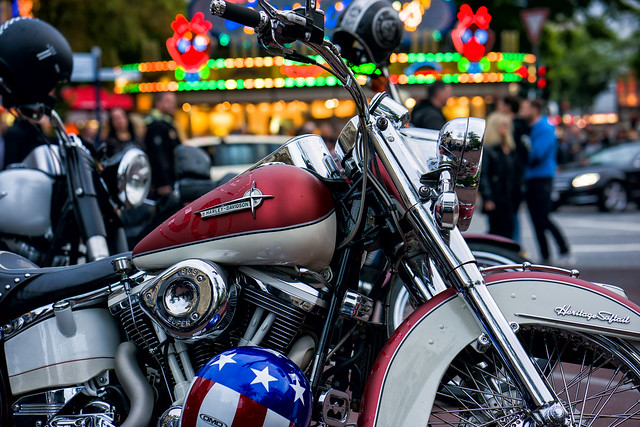
Batis 1.8/85 @ f/1.8:
Light bokeh at f/1.8:
Batis 1.8/85 @ f1.8:
Thanks to the designers, retailers and models providing this fancy fashion show on the "Altonale 2015".
Conclusion
Both lenses seem to deliver the promise that they already gave at the first quick look, described in my earlier article. The Batis 1.8/85 may not have the level of perfection
like an Otus 1.4/85 and relies in some situations a bit more on lens
correction profiles provided by camera firmware and/or raw processors. The distortion (other sites measured 3%) is negligible as long as you use it for portrait or "nature" work. If you use it for architecture (not the main application for a telephoto application) it can be easily corrected taking into account the enormous resolution and processing speed of
today's cameras. This well balanced compromise allows to provide a professional grade lens in a compact and lightweight
form factor including autofocus and optical stabilization with a
reasonable price tag. For me, the f/1.8 aperture at 85mm fits perfectly well as it gives a good balance with A7 series bodies and provides enough DOF options for almost any situation in practical use cases. Due to it's stabilization it will be also an intresting option for videos with the A7S.
The Batis 2/25 surprised me with extraordinary sharpness across the whole frame right from open aperture in a compact, lightweight housing. At f/2.0 you may have to correct some vignetting and some chromatic aberration (CA) but these almost disappear already when you stop down one step to f/2.8. Thanks to its wide aperture and short close focus, it provides additional options to play with depth of field and shows a pleasing bokeh not available when using wide angle zoom lenses.
~~~~~~~~~~~~~~~~~~
Ah, one more thing - a tribute to my favourite brick wall with Batis 1.8/85 @ f/1.8 without any lens correction profile:
(Click on images to open the flickr versions where you can navigate to other resolutions)





